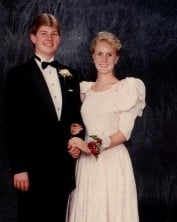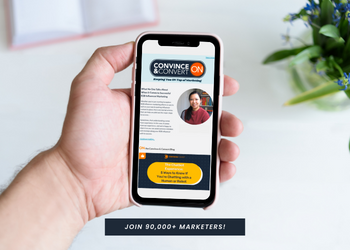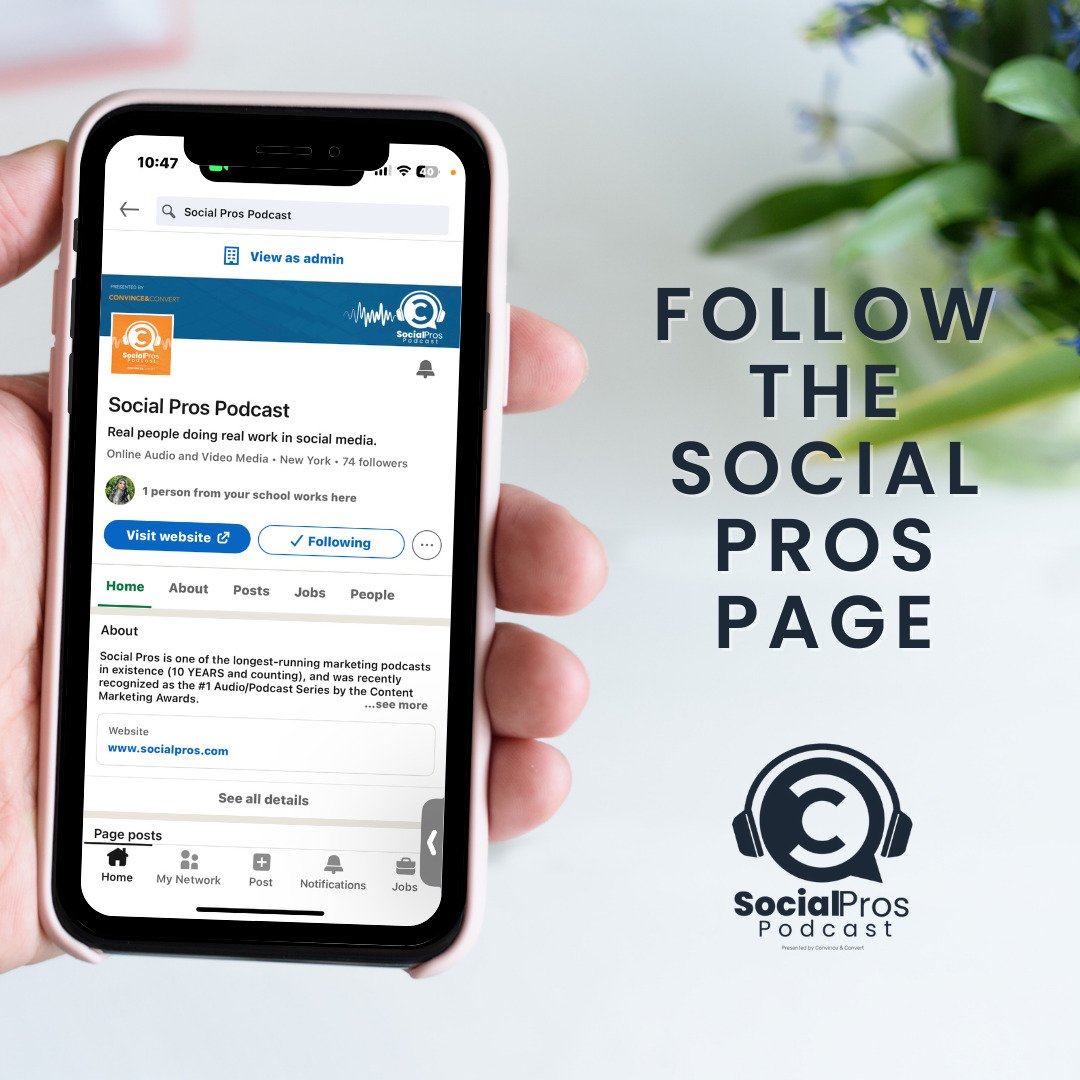 Gary Vaynerchuk often warns against the “19 year old dude move” – when over zealous businesses try to close the deal on the first social media transaction.
Gary Vaynerchuk often warns against the “19 year old dude move” – when over zealous businesses try to close the deal on the first social media transaction.

There’s no question that companies are applying rigid direct marketing principles to social media, not recognizing that social is the long con, not a smash and grab. That same trend toward premature monetization is rampant in content marketing too, especially on blogs.
Content Marketing Step by Step
Blog posts are feathers. Outwardly showy and used to attract attention. Lightweight. Ephemeral. Biodegradable. In the immortal lyrics of Eddie Rabbit, blog posts are “…That first step. Ask her out and treat her like a lady.”
You have Eddie Rabbit’s third step covered. You know how to “Take her in your arms and never let her go” via contact forms, phone numbers and other deal closing devices.
It’s the second step that’s missing on too many blogs. Where’s the part where you “tell her she’s the one you’re dreaming of”?
You don’t get hired based on blog posts. You don’t sell products based on blog posts. Blog posts are not “rocket content” that gets printed out and elevated (like a rocket) to the C-Suite in your prospective customers’ organizations.
Do you really think that someone is going to read a blog post or three and immediately pick up the phone or click “contact”? It’s not that easy, nor are your prospects. If you’re happy with your blog, shift your focus now to providing informational dinner and a movie.
Contact Us is Massively Overrated
Google’s remarkable Zero Moment of Truth research (one of most important publications for digital marketers in the past five years, and embedded below) contains a remarkable statistic:
In 2011, the average online shopper used 10.4 sources of information to make a decision, up from 5.3 sources in 2010.
In one year, information consumed by online shoppers pre-purchase almost doubled. Ubiquitous knowledge immediately accessible has made us all prudish paramours, eschewing physical contact as long as possible. You know what happens when you fill out a contact form? You get an email or a call from a sales rep. And unless you’re ready to buy, that’s a hindrance not a help. Social media and content marketing is the playground of the passive-agressive, and we’ll rely on self-serve information until we’re so deep in the conversion funnel that we have to talk to a live body to get our very specific questions answered.
If we need 10 pieces of information to make a decision, your prospect isn’t likely to read 10 blogs posts. Or even five. So, when you skip the second step of content marketing, you violate the ZMOT principle and create dissonance within your prospective customer. “This blog is great, but I need more information or something I can bring to my boss. I don’t see anything else here other than a phone number.” (cue angst and ennui)
Fixing Information Asymmetry
To fill the second step donut hole that lies between blogs posts and contact information, first think about what your prospective customers don’t know. Assume your readers came in cold from search or social media. After digesting a killer blog post or two, have you given readers proof of worth through testimonials or other devices? Do they understand the products or services you provide and costs? The people in your organization? How you compare to other companies in your space? More importantly, have you shown them how you can HELP them, not just SELL them?
Usually, no. The blog is a nice smile, soft hair, and kind eyes. Now you need to show what’s inside.
We often assume that if they are interested, readers will click over to the contact information and begin a dialog via email or telephone. But, ZMOT shows that to be unlikely (as will your Google Analytics). The companion assumption is that blog readers will click through to the “main” website, and will learn more about the company there. While that tends to happen more than Contact Us visits, it puts the onus on the reader to decipher a new way-finding mechanism and sort through the mounds of mostly pointless information you’ve uploaded to your corporate website because “hell, there’s no harm in adding another page.” This is the equivalent of actually going to dinner and a movie, but making your date pick the movie, drive the car, order the meal, and pay for it. Too much work for them.
The best way to take the second step in content marketing (especially a blog) is to methodically create and test helpful content that is immediately accessible.
- This content should be a brick, not a feather (more substantial than a blog post. a webinar replay, ebook, podcast, et al) This content should help, not sell. What’s the most useful things you could provide your prospective customers? Be a YOUtility.
- This content should have handles. Make it downloadable, embeddable, portable, and formatted exceptionally well. That’s the type of content that gets emailed to the boss, or printed and left on her desk.
- This content should not be a sales pitch, but should include your core value proposition within it. This content will often be consumed by people who have never seen your blog or website, so don’t assume any knowledge of you.
- This content should not contain lead forms. That’s a third step move. That’s a closer move. As Joe Chernov from Eloqua says, “forms are the enemy of spread.” You want this content accessible to all.
I don’t do the second step very well here on Convince & Convert. I’m working on a full-blown website redesign that will address some of these issues, as well as some other usability elements from my conversation with Derek Halpern a while back on conversion optimization. (check out the video, you’ll learn something guaranteed).
Meanwhile, for ideas on how to do the second step right, take a look at blogs from:
- ExactTarget (client. good use of second step content, but too many lead forms in front on content).
- Eloqua (see their “Featured Content” on the right)
- Openview Venture Partners (client. tons of second step options)
- Sideraworks (see the amazing e-book on social business written by my book spouse Amber Naslund, and Matt Ridings)

